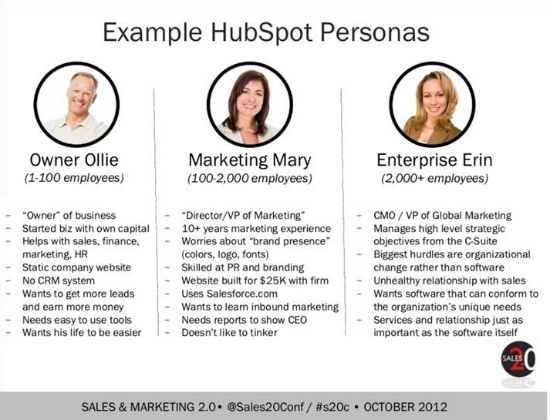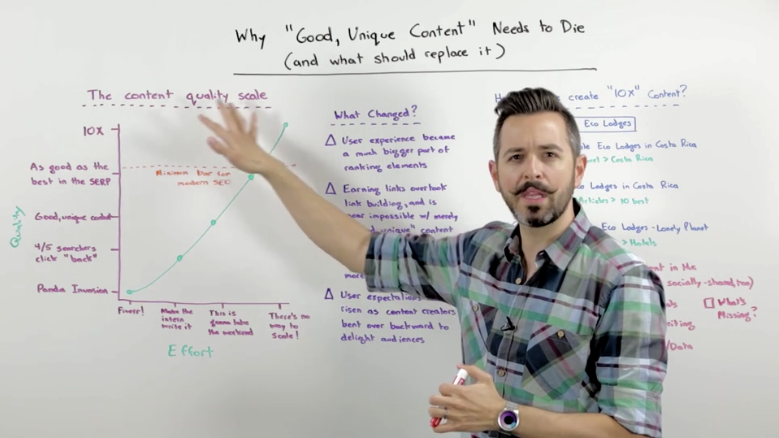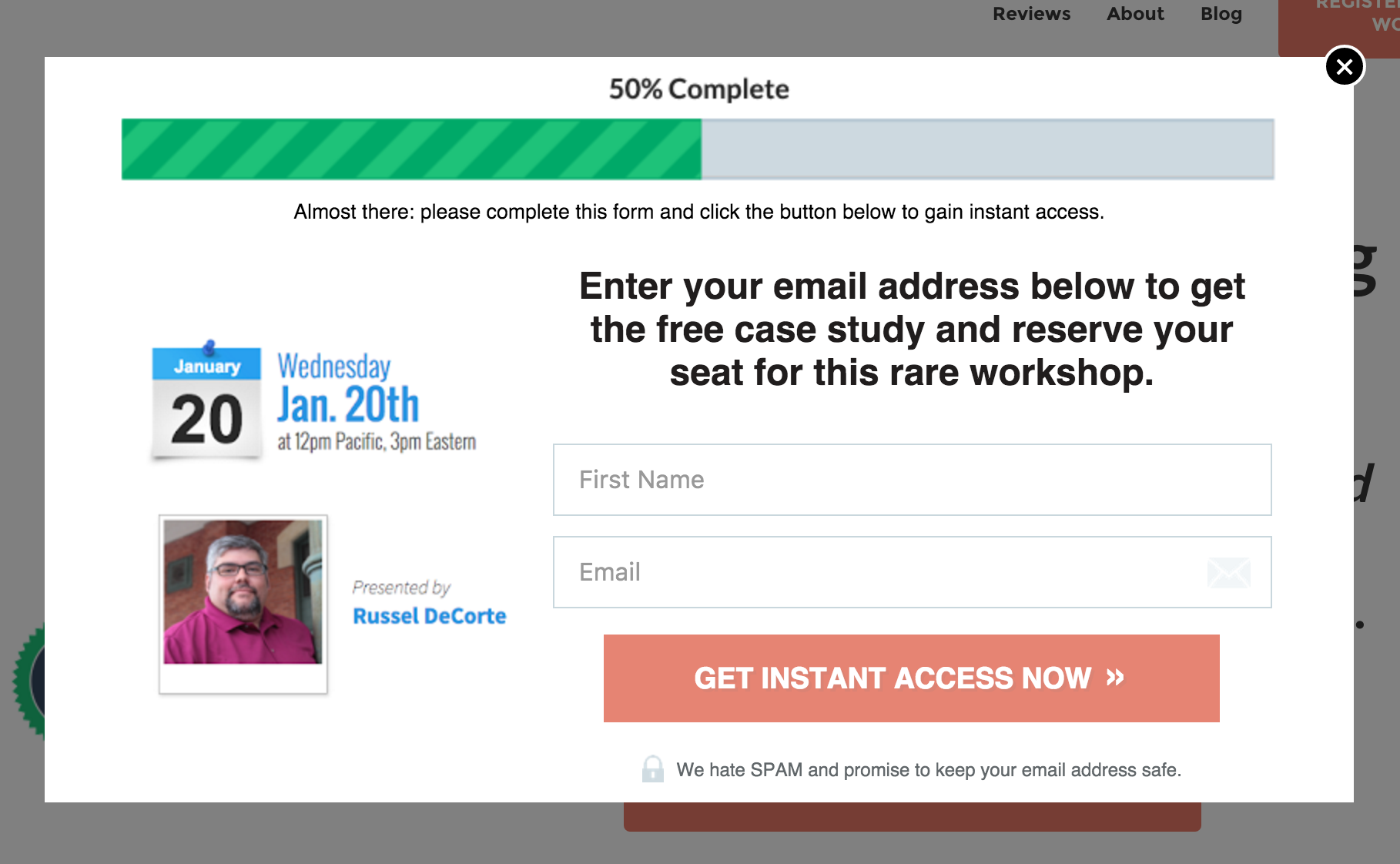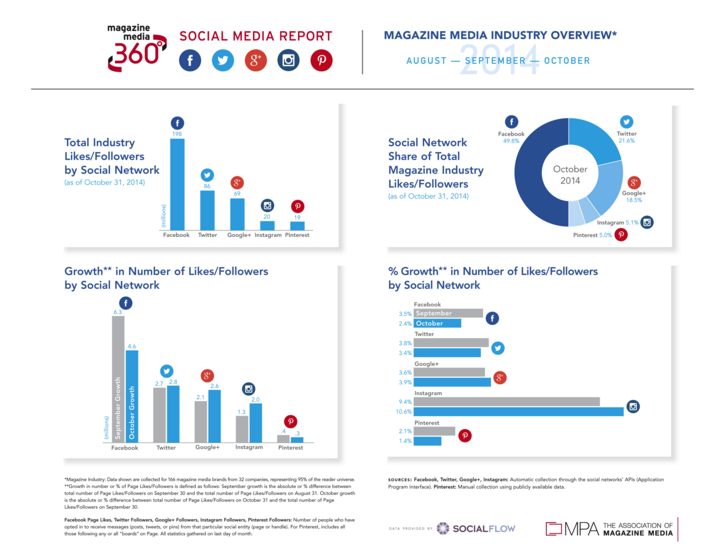How Agencies Can Create a Repeatable System for Generating Leads
January 19, 2016Last updated on October 1, 2024

Trapped in the endless cycle of feast or famine? Here’s my suggestion for a sales system that consistently delivers new leads without wasting time on coffees with unqualified prospects.
Watching Mad Men I’m reminded of the fickle nature of new business in an agency. One day Jaguar is knocking at your door, the next day you’re laying off half your staff.
In Don Draper’s day the only means to acquire clients was in person pitches, getting articles in the New York Times, or client dinners.

What about today? Unfortunately, many people who run small digital agencies aren’t a whole lot better when it comes to creating a repeatable system for acquiring leads and moving them through a sales funnel.
I wrote about what to do in crisis situations when there is a shortage of leads coming in the door. Now I’m going to outline proven long term strategies for ensuring famines like that never happen in the first place.
The techniques I’m recommending in this article are designed to reduce or completely eliminate the need to meet up for coffee with every new prospect who walks through your door, or participate in the dreaded RFP process.
Instead of spending hours on one lead, you’ll be leveraging your time and focusing it only on highly qualified prospects.
Keep in mind, I’m not saying that you should completely abandon the more traditional sales approach of attending events, handing out business cards, and asking clients for referrals. That can work, but it isn’t scalable or repeatable.
You need to cast a wider net and apply marketing automation if you want the leads to come in more steadily. Here's what the funnel looks like:

Dig Deep and Find Your UVP
It’s almost cliché to say this, but before you create a system for sales and marketing you need to deeply understand who your perfect client is and know your unique value proposition.
Too many agencies are generalists who sell design, development, or marketing to any client who comes to them armed with their chequebook and a brief (OK, maybe they don’t have a brief).
Many agencies are bound by geography, only landing clients who live near them, because location may be the client’s only reason for hiring them over another generalist somewhere else.
How to find your niche
Look back and ask yourself who your best clients were — the ones you enjoyed working with, achieved results for, and profited from.
Work backwards and uncover what industry they are in, who the key decision maker is, and how your company benefitted them in the past. Then conduct some research to find out how big that market is, who your competitors are, and how you’re going to stand out.
Your agency should be branded to solve a specific problem for a specific group of people, rather than offer a laundry list of services for SMEs.
Your agency should be branded to solve a specific problem for a specific group of people
Create one or two buyer personas to help you and your account team understand exactly who your customer is.

From there, begin crafting content for your personas.
Create Targeted Content
Agency blogs are notoriously bland, mostly because agencies rarely specialize. But I know that’s not who you are, because you went ahead and applied the advice above.
So knowing who your audience is and what kind of content they consume, how is your content going to stand out and resonate with them?
Instead of offering a couple hundred words of fluff, you should aim to create in-depth, helpful content that helps them solve a burning problem (making them laugh doesn’t hurt either).
The content you produce could be in the form of written blog articles, graphics, downloadable guides, videos, or a podcast.
In general, you should have at least one format that you produce every week (like a blog) and another format (like a webinar) that requires people to give you their email address.
For example, you could create a weekly video series like Whiteboard Friday, where Rand Fishkin, the owner of Moz, explains an SEO-related topic using a whiteboard.

Drive traffic to your weekly content through a variety of tactics. You probably know about this stuff already, but a recap doesn’t hurt:
- Organic search traffic - Perform keyword research on topics using a tool like Wordtracker, optimize your articles for search, and build link authority through guest-blogging.
- Email - send out a weekly email to your subscribers promoting the post.
- Social media - Regularly share your posts using Buffer and engage with influencers to get them to share your content.
- Paid media - Experiment with Facebook and Twitter ads, which can have high ROI due to the fine-grained targeting (i.e. lookalike audiences).
After a viewer watches the 3-5 minute video or reads a blog post, include a call-to-action for them to learn more about that topic through an in-depth webinar where they can find answers to more questions.
Webinars
We have discussed webinars on our podcast before, so I’d recommend checking out that interview with Zach Johnson.
You could use a tool like Meercat or Periscope to stream the webinar live, or you could use more traditional tools like GoToWebinar or Hangouts.
Here are the elements of an effective webinar as a lead generation tool:
Landing page and CTA - Your landing page should have a headline that addresses your target audience’s pain point plus a strong call-to-action for them to register for the webinar, workshop, or whatever you decide to call it.

Email nurturing - Once you have the prospect’s email address you can set them up in an automated drip sequence using tools like Mailchimp, Campaign Monitor, or InfusionSoft (now known as Keap). Keep them updated on when the event is taking place so they don’t forget it, and also include some additional content, like a free guide.
The webinar itself - You’ve gone through this effort, and now it’s time to put on your dog and pony show. Here are a few pointers:
- Take time zones into account. If most of your audience is in the US and you live in Europe, that likely means you’re going to need to put it on later at night in order to catch people during their working day.
- Prepare thoroughly. Show off a great looking pitch deck. Do a sound check 2 hours before to test that your software is working and people can hear you. Make sure you’re in a quiet room with a door that closes so you feel comfortable projecting your voice.
- Be energetic - No one wants to sit through an hour of hearing someone drone on, so do your best to be spirited. Think of this as a client pitch but to dozens, even hundreds of people at once. Do whatever it takes to be “on”, whether that’s exercising, listening to metal or watching Louis CK before the webinar starts. If it helps, have a team member or guest speaker as a co-host to banter with.
- Answer questions - Remember, this is a sales pitch. The more you interact with your audience, the more you’ll build a personal connection without a hangover of Draper-esque proportions. Have a few canned questions ready to go to put them at ease and get the ball rolling.
Foot-in-the-Door Offer
If you’ve done your job right, at this point you should have a handful of engaged leads who want to talk to you after the webinar one-on-one.
You’ll want to convert them to clients, but first make sure they’re the perfect fit for your agency in terms of budget, size, and desired outcome.
To do this, end your webinar with a foot-in-the-door offer — something that they pay for but is small and easy to close.
Getting someone to buy something from you, even if it's small, increases the likelihood they’ll buy something more expensive later on. (See the research behind this psychology here)
The FITD offer could be an audit, a discovery session, a one-on-one workshop, a report, etc. Anything your sales team could execute in a couple hours or less.
Here’s just one example of how this could be applied:
Let’s say your FITD offer is a social media report.
At the end of the webinar, show off some visuals of what the report looks like and the value it offers.

Say the report costs $500, but you are offering your webinar viewers an exclusive offer by including a free half-hour consultation along with it.
Introduce scarcity. You can’t offer that free half-hour to everyone so only the first 5 people who respond can get the consultation. (Reality: this is bullshit, you’re going to offer it to everyone who calls).
The phone number and email address you give out should go directly to your gatekeeper for further vetting.
What’s a gatekeeper you ask?
The Gatekeeper
In traditional sales, you have openers and closers.
There’s the person you first meet, who drives you around Orlando showing you the timeshare condos — that’s the opener.
The person who sits down to talk dollars and cents, continually dropping the price until you buckle under the pressure, sign on the dotted line, give away your money and never once use that timeshare — that’s the closer.

On our podcast we interviewed Carman Pirie who runs a successful inbound marketing agency. He spoke of the importance of having an opener who vets leads on behalf of the owner. I call this person the gatekeeper.
Let’s call your gatekeeper Anna.
Anna is your new business manager. Or your growth ninja. Or your marketing knight. I don’t really care what Anna’s title is, just make sure it’s not “sales associate” since we want people to trust her.
What the gatekeeper does
Anna will help you produce content and handle inbound leads. She should have sales and marketing experience, and you will have trained her extensively on what your agency is all about, your USP, the buyer persona, your processes, CRM, all that good stuff.
Remember, your goal as the owner is to reduce the time that you need to spend on phone calls and coffee with new inquiries so you can spend more time on vetted, qualified, wallet-out, ready-to-buy leads.
So after your webinar you should have a good number of leads calling and emailing you to buy your FITD offer. Anna is going to take those calls and emails, and put them into your CRM.
Throughout the process of producing the FITD and offering consulting, she’ll ask them a lot of open-ended sales questions, learning about their business, their challenges, and goals.
Her main job is to figure out whether these leads are the right fit for your business, and if so, move them to the next stage of the funnel. Depending on the kind of agency you run that could be anything from a large app build to a 12-month marketing retainer.
If the client is NOT a fit, then it’s the gatekeeper’s responsibility to politely end it there. If they want the FITD offer they can have it (they’re paying for it), but she’s not going to waste any time on a proposal or bringing you in to close the big deal.
The client may not have a budget you can work with, they may be in the wrong industry, or their values could simply not align with the agencies. They could also be jerks.
This is why it’s important to pay Anna a good salary and not just commission. Commissions reward salespeople for taking anything and everything they can. Instead, she should be rewarded for taking on the right business.
Closing the Deal
If the client IS a fit then your gatekeeper will need to collect enough information to send them a proposal.
90% of the proposal can be boilerplate, but the overview, scope, and pricing should be customized to the client and the deal.
Now obviously I’m biased, but using a tool like Proposify can make this whole process a lot more streamlined than making proposals in Word or InDesign and emailing PDFs.
Start by designing a killer template, and get all your content loaded into the library so it can be easily reused. This is all a part of creating a system for automating your sales.
This part is critical: your gatekeeper needs to book a call with you and the client before sending the proposal.
Once the client is on the phone, send the proposal (In Proposify you’re notified when they open your email, when they click the link, and tells you what parts of the proposal they view).
The Pitch
This meeting is where you as the agency owner get to come in and be the big star.
During this phone pitch, you’ll want to keep in mind the principles I shared from Oren Klaff’s book, Pitch Anything.
The agenda of the call should look something like this:
- Set a time frame. Let them know you only have 45 minutes total to run through this and answer questions.
- Discuss what you know about their goals and challenges. They need to know that you understand them, their industry and their customer. Remember, this is about them and not you.
- Tell the story of your agency; What you stand for, and why you have a unique approach to solving their problem.
- Give them a deadline. At the end of your pitch, let them know you can answer any questions they have as they review the proposal in more detail, but that you’ll need a firm yes or no answer by X date.
Leave it to the gatekeeper for follow-up questions but maintain your deadline for a decision. At this level, your close rate should be quite high since the client has been through several stages of vetting before the call.
Conclusion
The beauty of this process is that you as the business owner are freed up to spend your time only on high ROI activities.
Your week is going to be made up of creating and promoting content, hosting a webinar, and attending a handful of calls to close. Everything else is covered by your sales person/gatekeeper.
Naturally, new business will still come in the old way via word-of-mouth referrals, but adopting these tactics allows you to turn business development into a real system that is repeatable and scalable.
I’d love to know what you think in the comments, and if you like this idea feel free to share with others.

Co-founder and CEO of Proposify, and co-host of the Levership podcast. Outside of Proposify, he plays in the band Club Sunday, who put out their first LP in 2023 and enjoy playing live shows every chance they get. Follow him on LinkedIn.

![8 Lead Magnet Ideas For Your Digital Agency [with Examples]](https://www.proposify.com/hs-fs/hubfs/Imported_Blog_Media/blog-2016-09-15-lead_magnet_ideas_agency-Apr-09-2024-05-38-49-7630-PM.png?width=450&height=250&name=blog-2016-09-15-lead_magnet_ideas_agency-Apr-09-2024-05-38-49-7630-PM.png)
